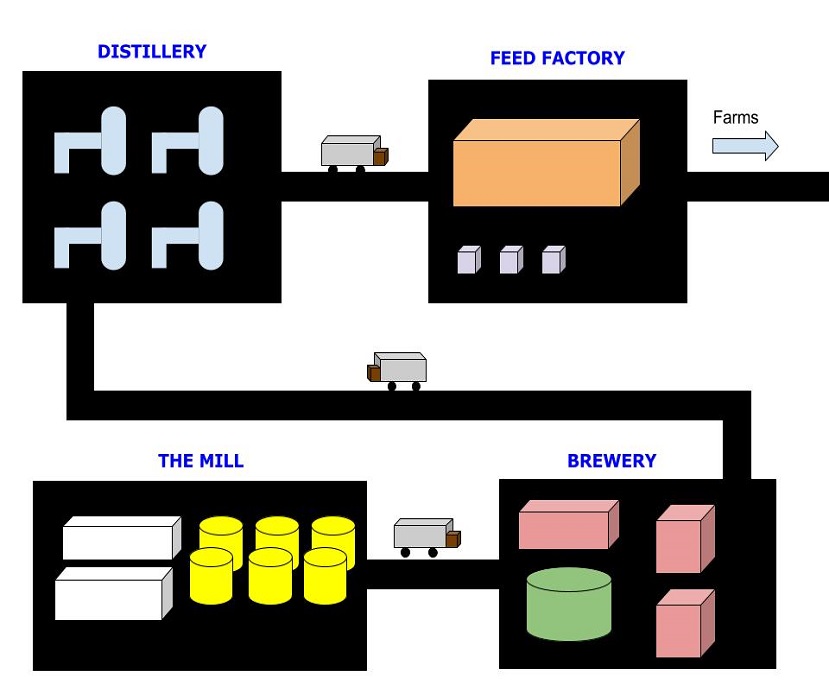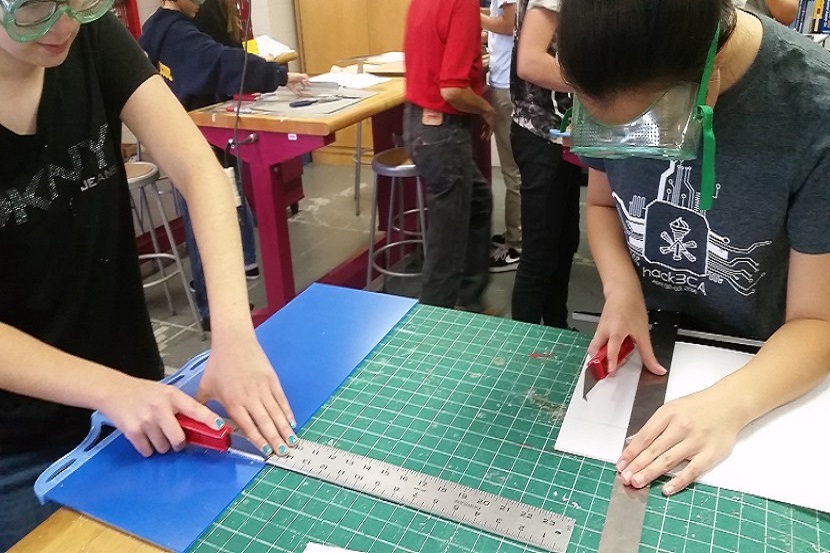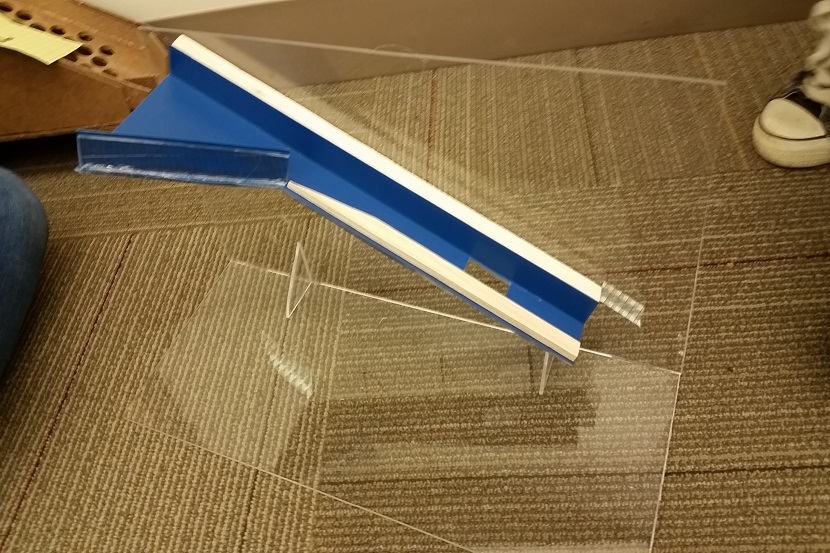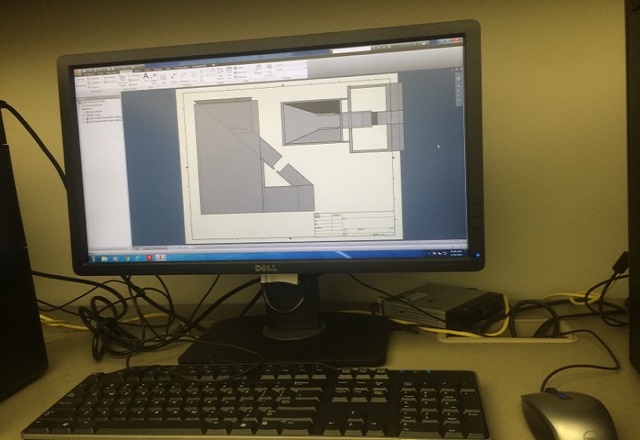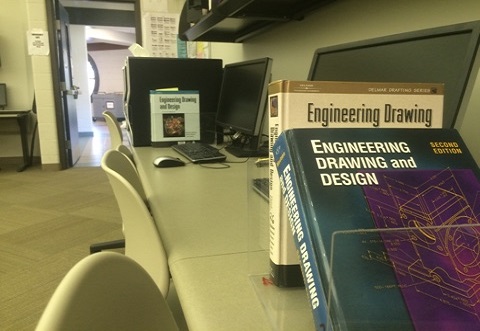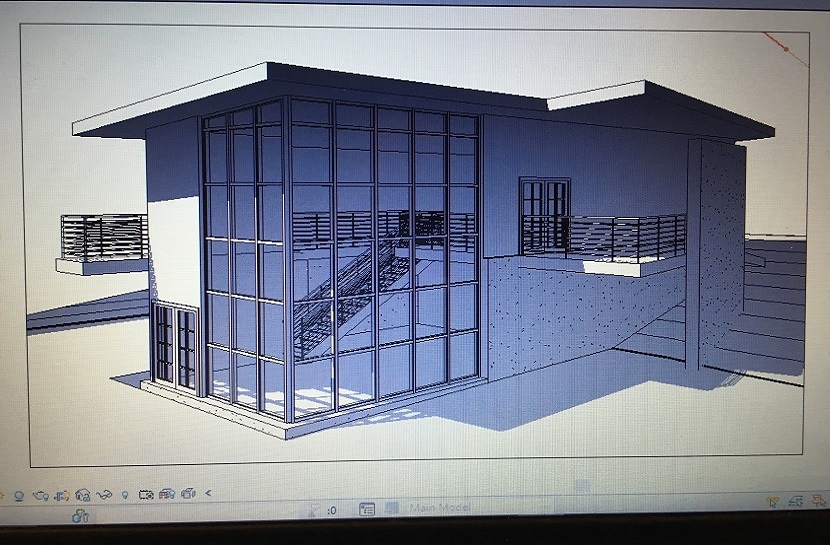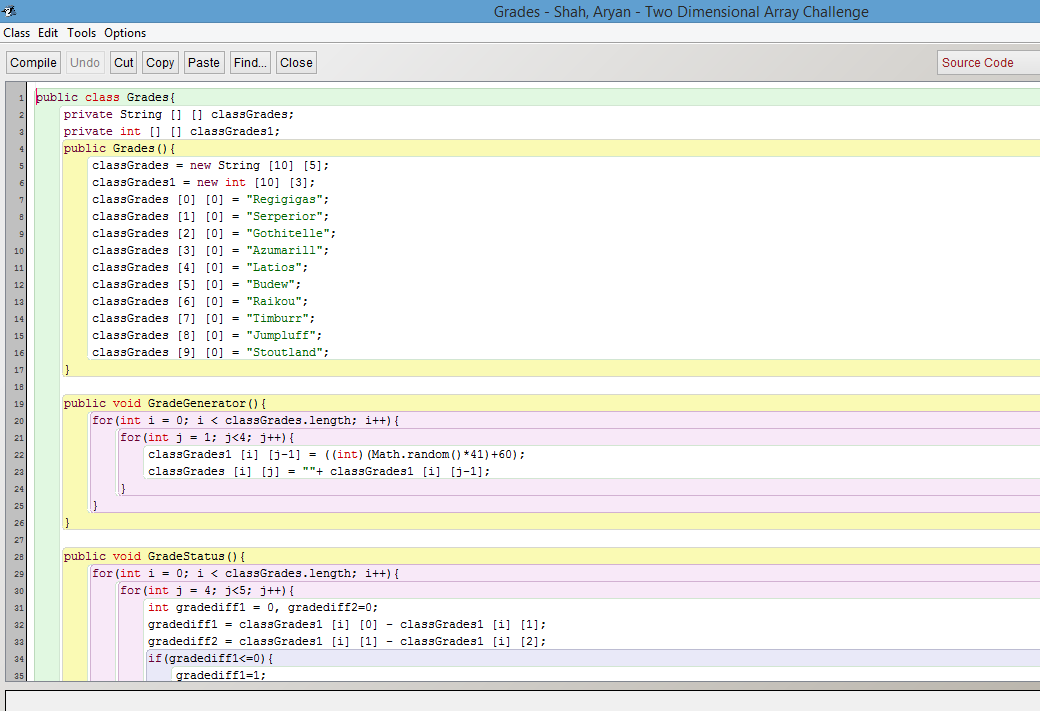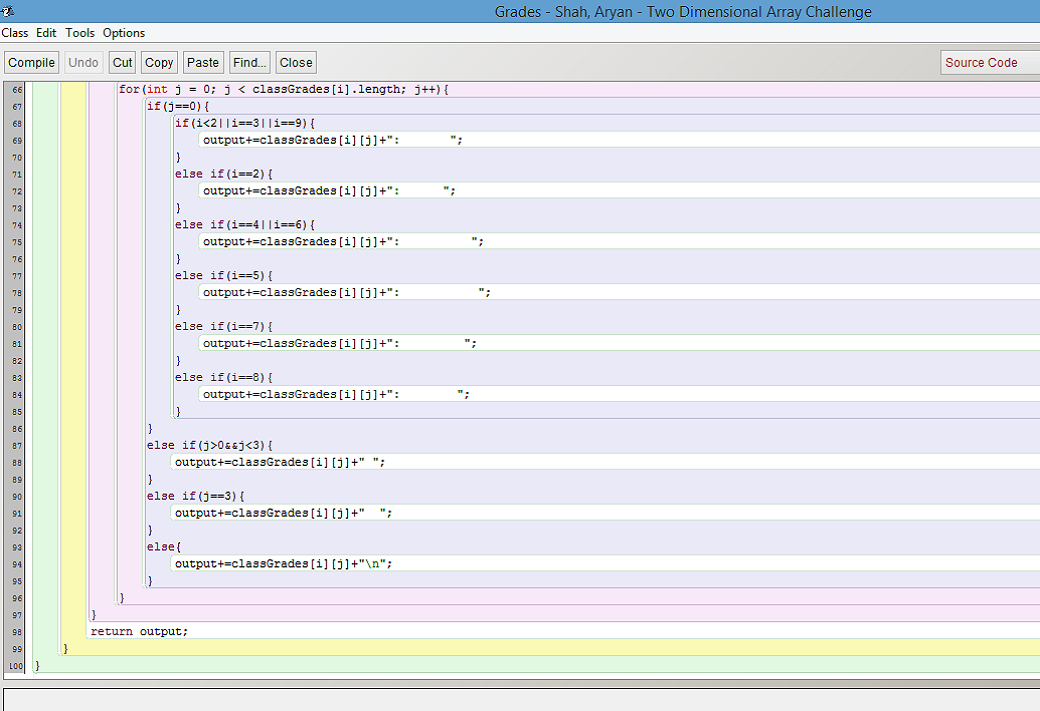Computer Integrated Manufacturing (CIM)
Freshman Year (9)
CIM introduces students to the opportunities related to understanding manufacturing. At the same time, it teaches students about manufacturing processes, product design, robotics, and automation.
This course is extremely important because manufacturing in the U.S. is facing a critical shortage of engineers and technicians. A whole generation is retiring and there are not enough qualified young people to replace them. Contrary to headlines, the U.S. is a world leader in precision manufacturing and innovation. Today's manufacturing is complex and high tech, requiring problem-solvers with good STEM skills.
Some questions that students must think about throughout this course are: Is the process for making a water bottle the same as a musical instrument? How are assembly lines designed and automated?
Some technologies used in this course include: Computer modeling, Computer Numeric Control (CNC) technology, Computer Aided Manufacturing (CAM) software, robotics, and flexible manufacturing systems.
1 / 6
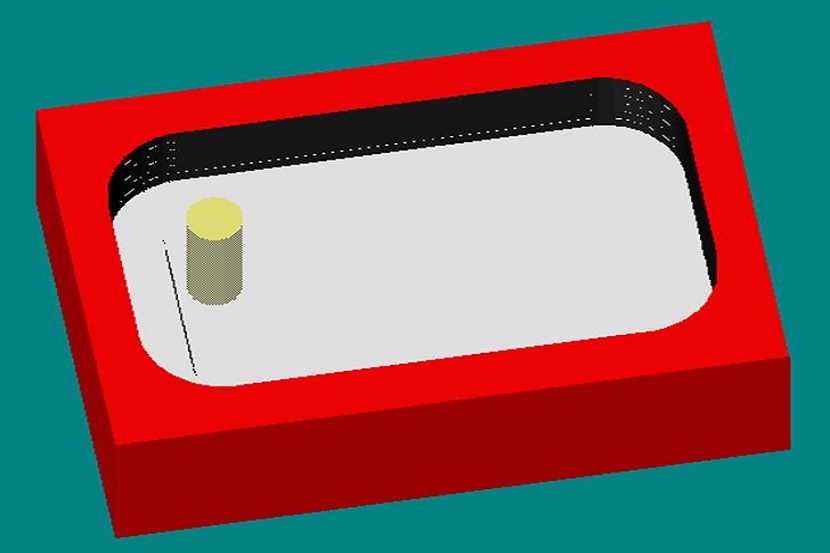
A test run of a box project on a CNC machine shows what the finished project will look like.
2 / 6
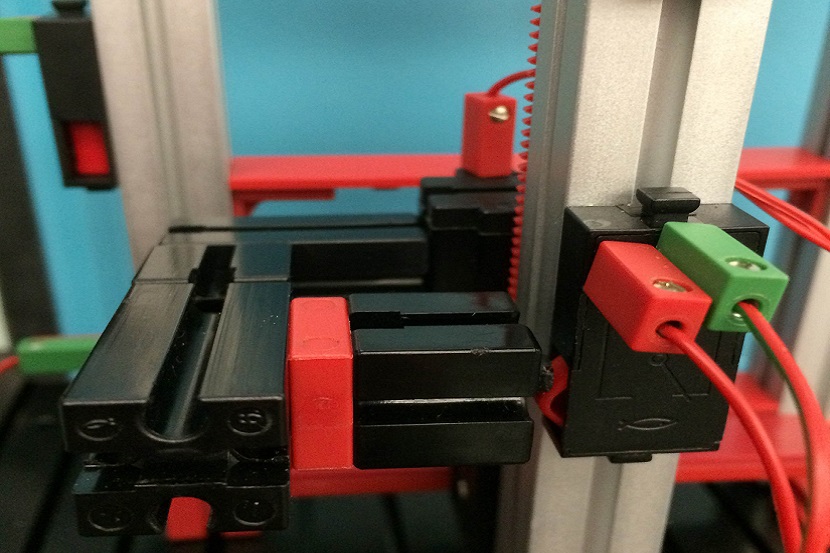
Fischertechnik is used in this project for construction and programming.
3 / 6
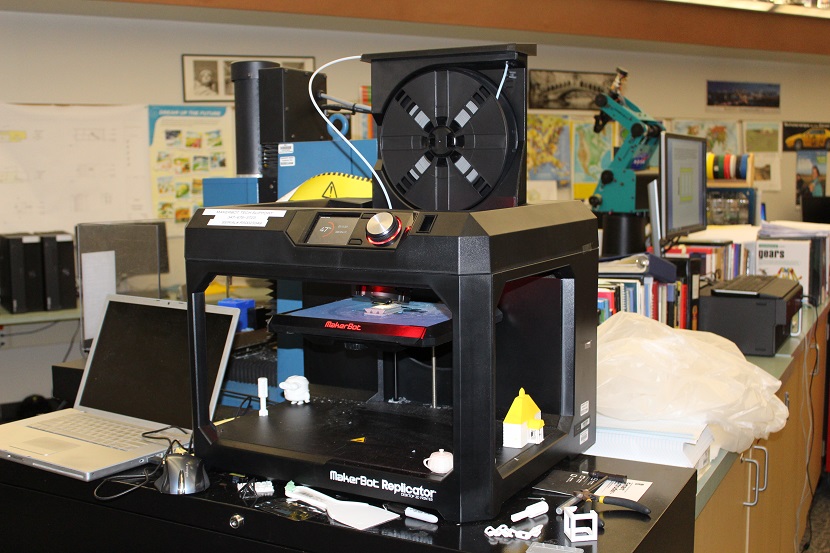
Many machines are available for use right in the CIM classroom.
4 / 6
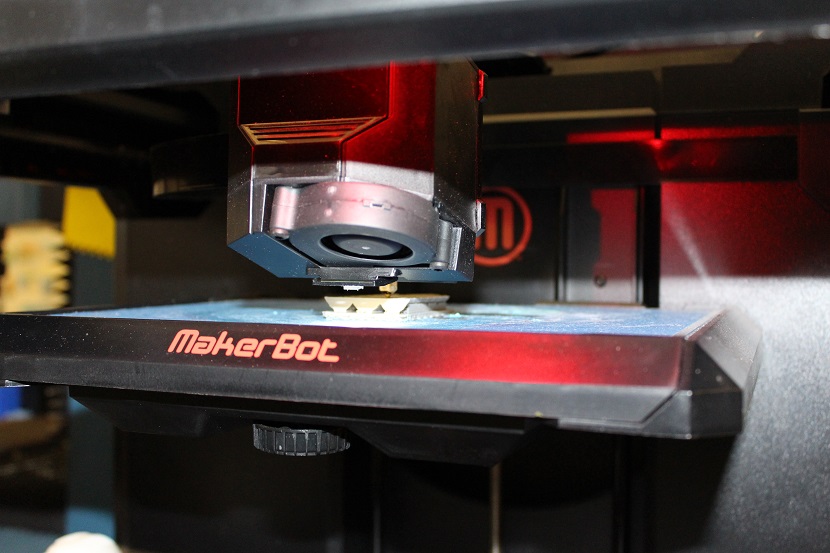
A MakerBot 3D printer prints out a device designed by a student.
5 / 6
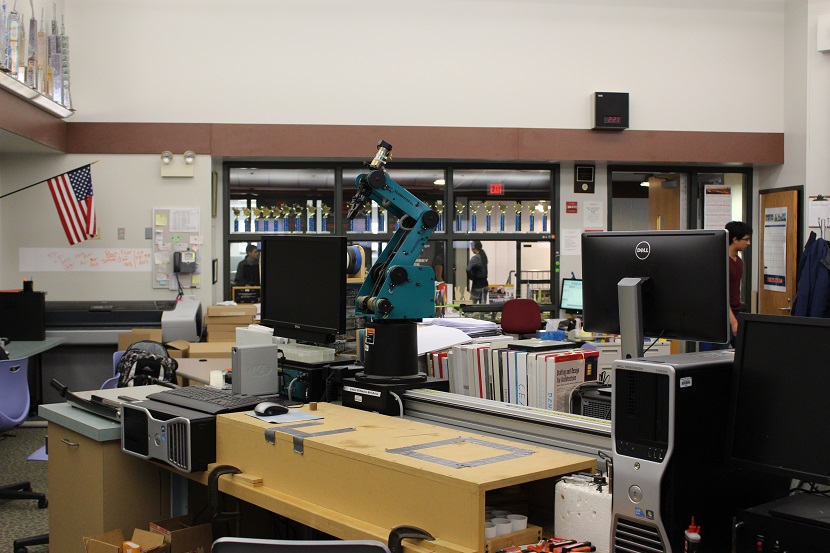
A CNC milling machine that can be controlled with programming is ready for use.
6 / 6
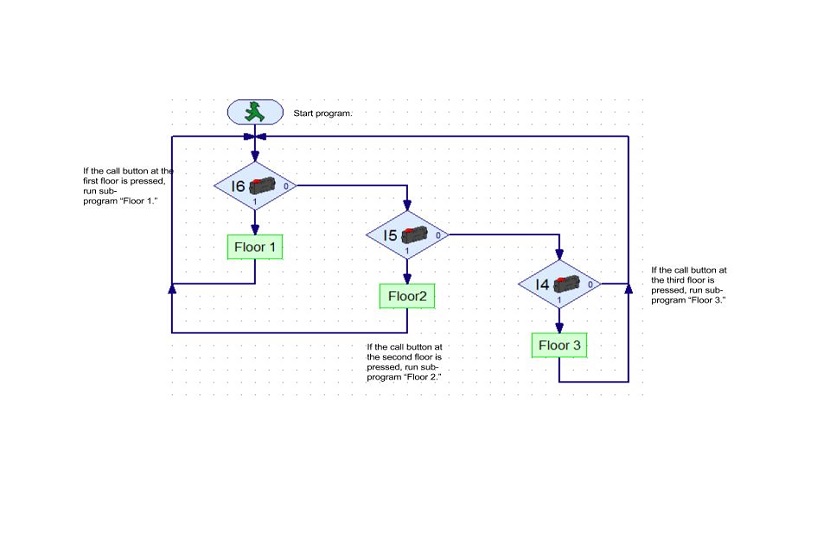
A Fischertechnik program is simple to use with graphics.
❮
❯





 Dr. Dina Ellsworth
Dr. Dina Ellsworth
 Mr. Chris Hanas
Mr. Chris Hanas
 Ms. Linda Grunthaner
Ms. Linda Grunthaner
 Mr. Robert Dennis
Mr. Robert Dennis
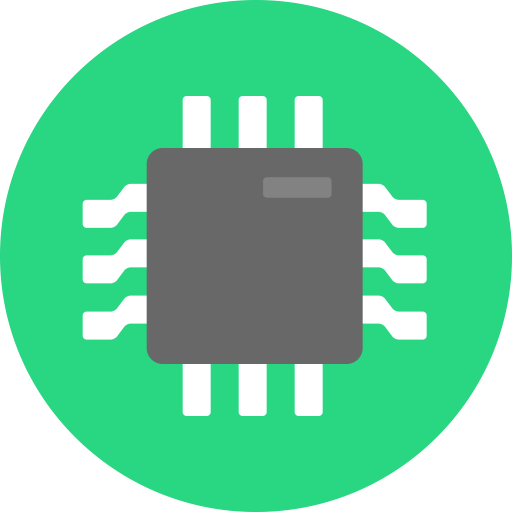 Mr. Peter Borchardt
Mr. Peter Borchardt
